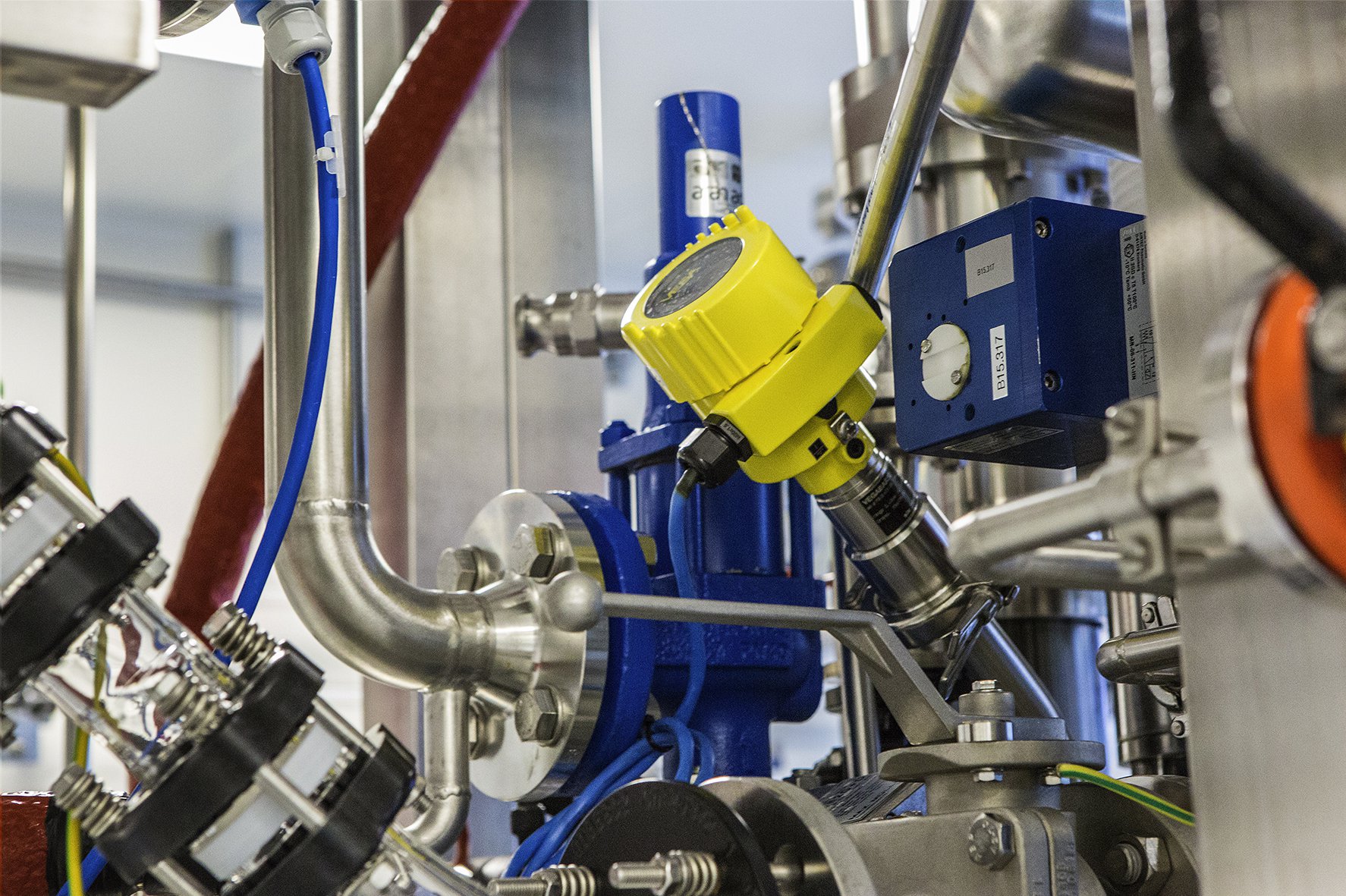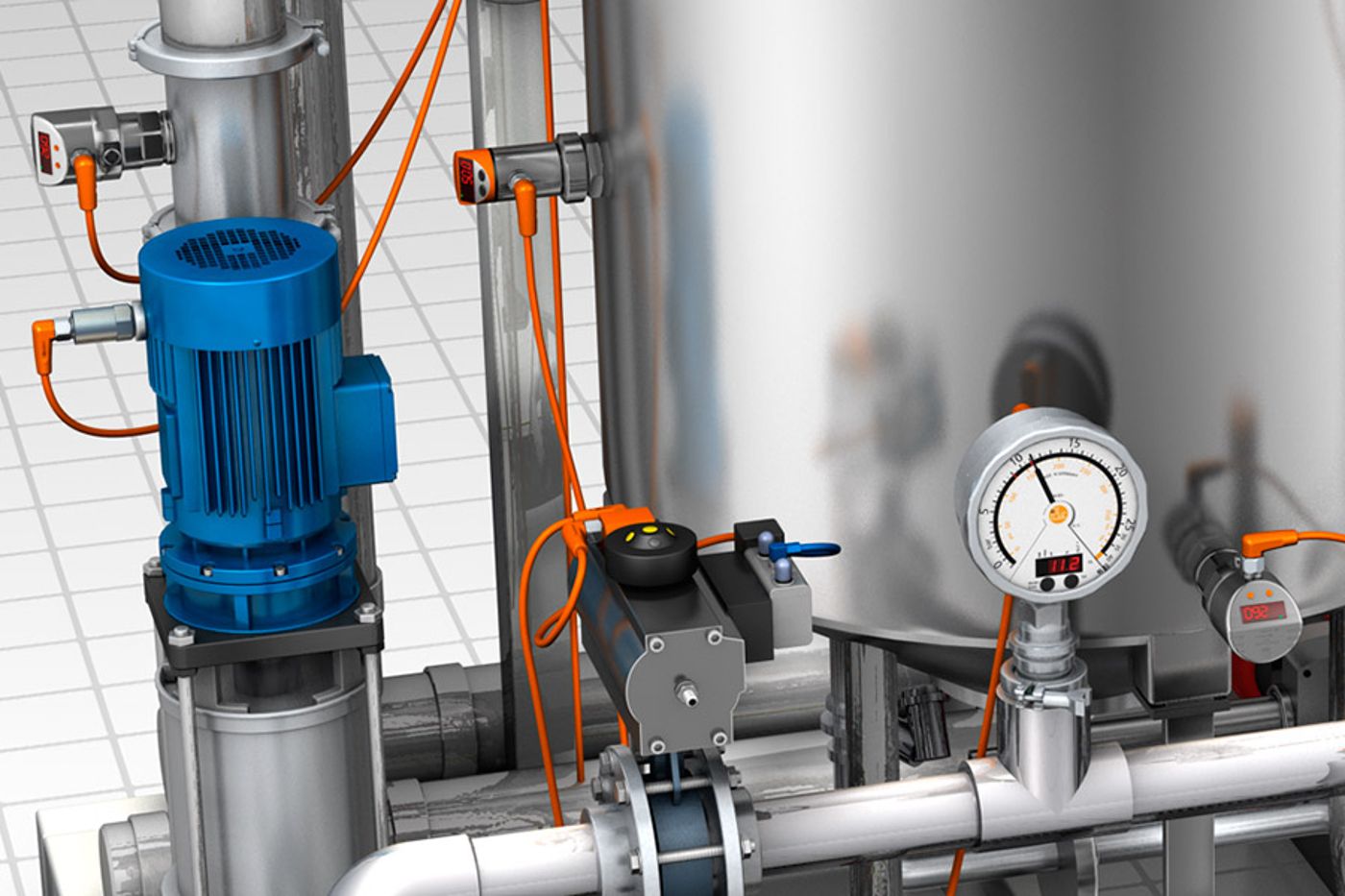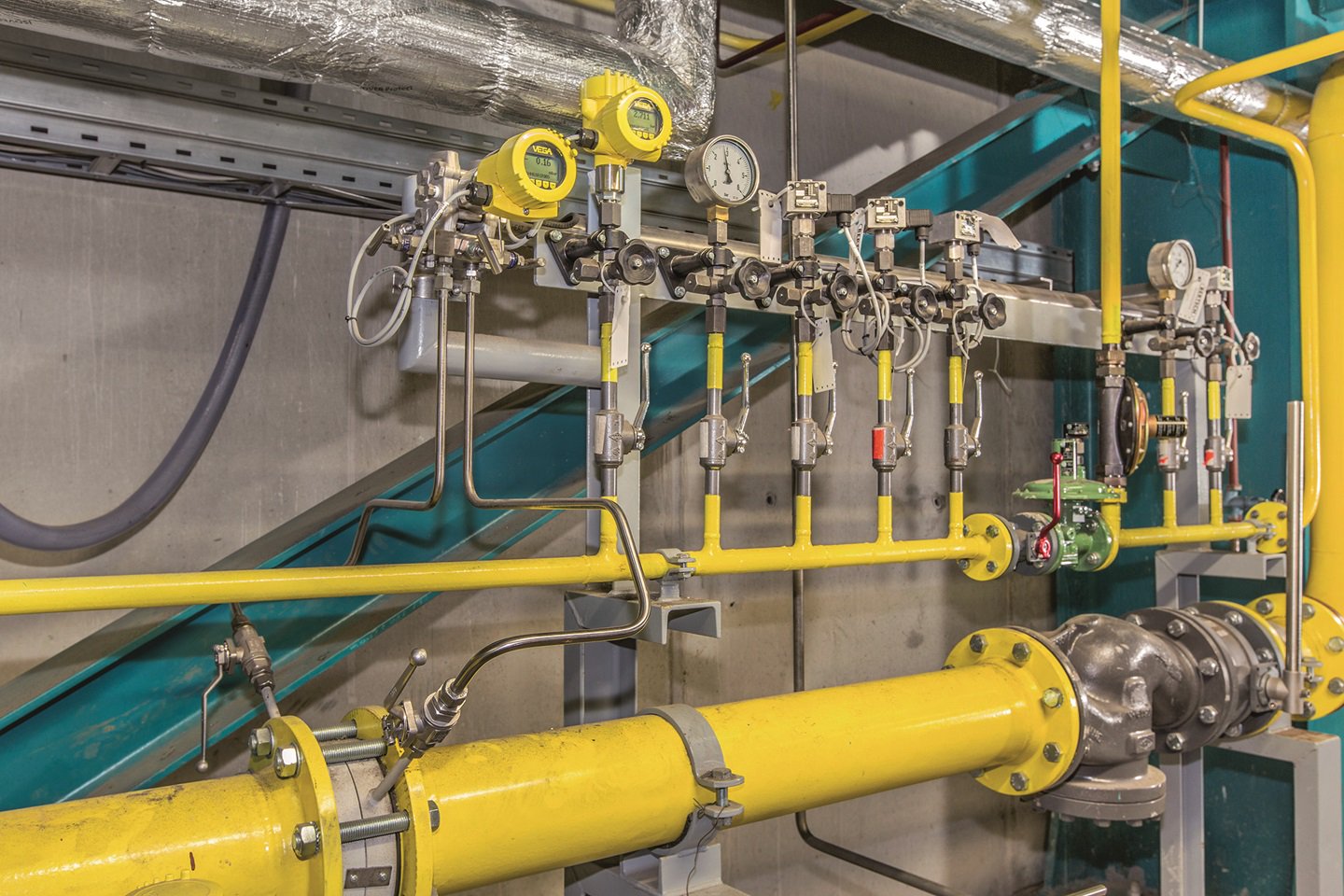Welcome to Linquip Blog. Today and in this article, we are going to have a look at the question “What Is Pressure Measurement?”. Pressure measurement and control is the most used process variable in the process control industry in many segments. Besides, through pressure, it is possible to infer a series of other process variables, like level, volume, flow, and density. This article will cover the main question of what pressure measurement is as well as some details concerning different types of methods for measuring pressure.
Our team has gathered all of the necessary information on this topic. Stay with us until the end to find the answer to your question on this topic. We have a long journey ahead of us, so take a deep breath, sit back, and keep reading this article until the end.
What Is Pressure Measurement?
Pressure measurement is the analysis of an applied force by a fluid such as liquid or gas on a surface. But the force on any solid surface does not apply to a single point on that surface but rather is spread equally across the entire surface. This means the pressure depends not only on the level of compression of the media but also on the surface-area size. The pressure is typically measured in units of force per unit of surface area. Many techniques have been developed for the measurement of pressure and vacuum. Instruments used to measure and display pressure in an integral unit are called pressure meters or pressure gauges or vacuum gauges.
From upstream oil & gas extraction to downstream processing, from balancing reactor temperatures with precise pressure application in chemical plants to maximizing cogeneration opportunities through high-pressure boilers in water treatment facilities, pressure measurement is a vital component in successful industrial operations.
In physical science the symbol for pressure is p and the SI. unit for measuring pressure is the pascal (symbol: Pa). One pascal is the force of one Newton per square meter acting perpendicular on a surface. Other commonly used pressure units for stating the pressure level are psi (pounds per square inch), torr, and bar. The use of pressure units has regional and application preference: psi is commonly used in the United States, while the bar is the preferred unit of measure in Europe. In the industrial vacuum community, the preferred pressure unit is torr in the United States, mbar in Europe, and pascal in Asia.
Different Types of Pressure Measurement
In the previous section, we talked about what pressure measurement is and how important it is for different industries. But how is pressure measured? Which methods are developed to measure the pressure accurately? Which one is the best and how do they work for us? Generally, there are four main types of pressure measurement methods. In the following paragraphs, we will deliver the most important information about them to you.
These methods are gauge which is referred to as atmospheric pressure, sealed to a sealed chamber closed with atmospheric pressure, absolute to a vacuum, and differential is referred to where the sensor has two ports for the measurement of two different pressures.
1. Gauge (G)
Gauge pressure sensors measure the input pressure (of your media) concerning ambient atmospheric pressure (vented to the atmosphere). A gauge is used to measure pressure relative to ambient conditions, such as with car tyre pressure. As the sensors are open to the atmosphere, they are susceptible to humidity. Care must be taken that units are installed in dry areas (otherwise internal circuitry can fail).
2. Sealed (S)
Measures the input pressure (of your media) concerning a sealed chamber closed with atmospheric pressure (approximately 1bar). This protects the internal circuitry of the sensor from humidity. This range is normally restricted to a minimum 7bar and above. Outside installations or where the equipment may be washed are good application examples. Our industrial pressure sensors are ideal.
3. Absolute (A)
Absolute pressure sensors measure the input pressure (of your media) regarding a vacuum chamber at 0bar (evacuated and hermetically sealed). Specified where absolute pressure measurements are required, eg barometric pressures, or where equipment needs to have all the air removed.
4. Differential (D)
Here the reference pressure is neither ambient nor internal to the sensor. The sensor is supplied with two ports – high and low inputs – and will measure the difference between the two. Generally used for filter measurement applications. See our range of differential pressure sensors.
Conclusion
The present article was an attempt to answer the question “What Is Pressure Measurement?” and deliver all the essential information about it. Pressure measurement and control is the most used process variable in the process control industry in many segments. Also, through the pressure, it is possible to infer a series of other process variables, like level, volume, flow, and density. This article will cover the main question of what pressure measurement is as well as some details concerning different types of methods for measuring pressure. We talked about basic information such as definitions and then we moved to the different methods for measuring pressure such as gauge, sealed, absolute, and differential.
If you have any experience in measuring pressure or you had to measure it based on different methods and know more about them, we will be very glad to have your opinions in the comments on our website Linquip. Moreover, if you have any questions about this topic, you can sign up on our website and wait for our experts to answer your questions. Hope you enjoyed reading this article.
Buy Equipment or Ask for a Service
By using Linquip RFQ Service, you can expect to receive quotations from various suppliers across multiple industries and regions.
Click Here to Request a Quotation From Suppliers and Service Providers
Read More In Linquip
- What is a Differential Pressure Sensor?: An Ultimate Guide
- An Easy Overview of Types of Pressure Gauges
- Ultrasonic Thickness Gauge, Advantages and Applications
- A Complete Answer To What Is A Pressure Gauge
- What Is a Strain Gauge? A Short Story of An Electronic Device






